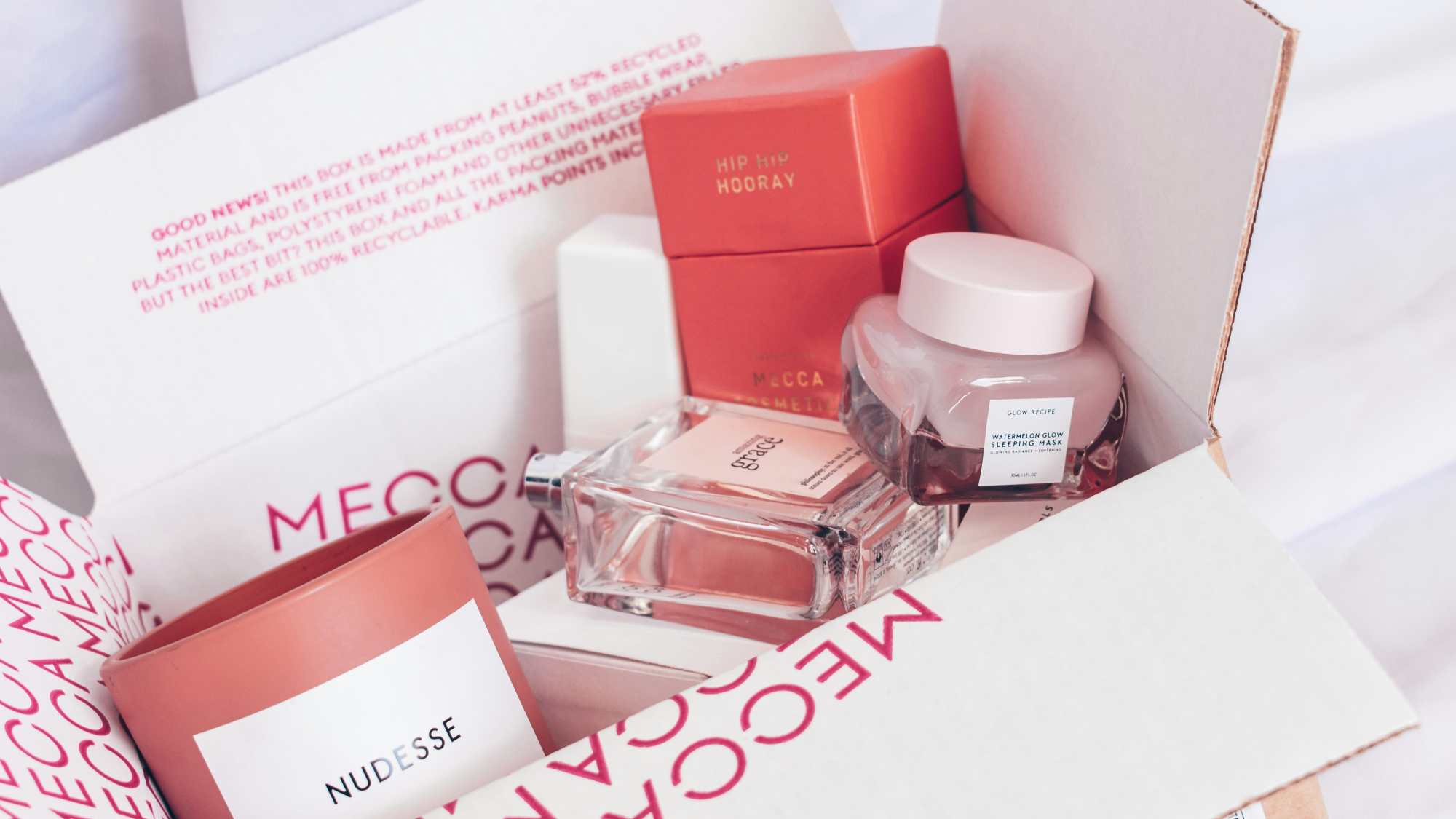In Europe, the labelling of cosmetic products is governed by Regulation (EC) No. 1223/2009, which sets out requirements for safety, consumer information, and traceability.
The label is the primary means through which a company communicates with the end user; therefore, it must be clear, legible, indelible, and easily understood.
The term “label” encompasses more than just the external packaging. The Regulation distinguishes between external and internal labels, leaflets, and also sets out specific rules for small packaging formats, free samples, mandatory languages, and regulatory symbols.
The regulatory landscape is further complicated by national rules, such as the French legislation of 2023–2024, which prohibits the distribution of unsolicited samples, as well as environmental labelling requirements in countries including Italy, Spain, and France.
This article provides a complete, up-to-date overview of all these requirements, offering a clear guide to compliance with European cosmetic labelling regulations.
Outer Cosmetic Labels in Europe: Regulatory Requirements
The outer label refers to the information displayed on the secondary packaging, such as a cardboard box. When included, it must provide all the details required under Article 19 of Regulation (EC) No. 1223/2009.
Required information:
- Name or company name and address of the person in charge: if you indicate more than one location (see below), you will need to specify (e.g. with underlining) the location where the information documentation is available.
- Country of origin if produced outside the EU.
- Nominal quantity (weight or volume) at the time of packaging, in grams or milliliters.
- Minimum duration date (PAO or “Best Before”).
- Special precautions for use (e.g. avoid contact with eyes).
- Batch number or production reference.
- Function of the product, unless it is clearly deductible.
- List of Ingredients (INCI).
Inner Cosmetic Labels in Europe: What You Need to Include

The inner label is applied directly to the cosmetic product’s container, such as a bottle, tube, or jar.
The information required on the inner label is generally the same as that on the outer label, with the exception of the ingredient list (INCI), which may be omitted if it is already provided on the outer packaging.
In practice, many companies still include the INCI on the inner label to enhance transparency and assist consumers who may have discarded the outer packaging.
It is important to note that if there is no external packaging—such as with lip balms sold without a carton—the inner label must include all mandatory information.
Leaflets for Cosmetic Labelling in Europe
When it is not possible to display certain information directly on the packaging due to size or legibility constraints, the Regulation permits the use of a package leaflet, a folded label, or an attached tag.
This is especially useful for:
- Ingredients (INCI) on very small packaging.
- Warnings or complex operating instructions.
- Symbols with normative meaning, the legend of which can be provided in a multilingual leaflet.
To be compliant, the leaflet must be physically present together with the product and must be easily accessible to the consumer.
Required Languages: What Translations are Needed?
Regulation 1223/2009 requires that the information be written in the official language of the Member State where the product is marketed. However, each country can define its own language requirements in more detail.
General requirements:
- Name and address of the person responsible, batch number and net weight: can be indicated in any language they understand.
- Warnings, instructions for use, function of the product, expiry date: they must be translated into the official language of the country in which the product is sold.
Practical examples:
- In France, everything must be in French, including the Period After Opening (PAO)
- In Italy, mandatory information must be in Italian, even if the company is foreign.
- In Germany, German is required.
- In multilingual countries such as Belgium and Switzerland, the use of multiple official languages is required.
Practical tip: multilingual leaflets are often used to simplify logistics management and optimize label space. Another practical solution is folded labels.
Reduced Formats and Samples: What Changes in European Cosmetic Labelling
For small formats (5 ml or less) or products with special shapes, the Regulation allows that, when it is objectively impossible to include all information directly on the packaging—such as with mini sizes, sticks, or single-dose samples—some details may be provided on an attached leaflet, tag, or other information medium, including digital formats.
In these cases, the packaging must display the hand-in-book symbol (as specified in Annex VII of the Regulation, first symbol) to indicate that additional information is available elsewhere.
Unsolicited Cosmetic Samples in France: New Rules

As part of the implementation of the Climate and Resilience Act of 22 August 2021, Decree No. 2024-373 was published to clarify the provisions of Article L-541-15-10 of the Environmental Code.
This measure prohibits traders from distributing cosmetic product samples to consumers, unless they are specifically requested, in the context of a commercial approach. The aim is to reduce waste generated by unsolicited samples.
A sample is defined as a small quantity of a product, packaged differently from the marketed item, and provided free of charge to the consumer. An exemption applies to unpackaged foodstuffs given free of charge for immediate on-the-spot consumption.
The decree also clarifies how consumers must be informed: professionals may notify consumers by any means that samples are available only on request.
In cases of remote communication, a single request from the consumer may cover successive deliveries of samples until they withdraw their consent.
In force since 1 July 2024, this rule prohibits the systematic inclusion of:
- Samples in e-commerce packages.
- Mini-sizes in large-scale distribution.
- Promotional gifts without explicit request from the consumer.
This measure has significant impacts on companies operating in the French market:
- It is recommended to implement opt-in systems on the site (e.g. “Would you like to receive a free sample?”).
- Samples must still comply with the rules of Regulation 1223/2009, including labelling and safety.
Normative Symbols in European Cosmetic Labelling
The use of standardised symbols helps consumers understand product information more easily, even at an international level.
The main symbols recognised under Regulation (EC) No. 1223/2009 and the ISO 22715 standard include the following:
Best before end – Annex VII, symbol 3
- Hourglass symbol with date next to it.
- Mandatory for cosmetics with a shelf life of less than 30 months.
- Example: “Best before end: 12/2026”.
PAO (Period After Opening) – Annex VII, symbol 2
- Symbol of the open jar with indication in months (e.g. “12M”).
- Mandatory for cosmetics with a shelf life of more than 30 months.
Hand on the book – Annex VII, symbol 1
- Indicates that some mandatory information is provided elsewhere (leaflet, website, QR code).
- Very useful in small formats or special packages.
Recycling symbols
- Not mandatory according to the Cosmetic Regulation, but often required by national environmental regulations.
- In France, Italy and Germany, environmental labelling (e.g. separate collection) is subject to specific regulations.
Practical Considerations for Companies
When addressing cosmetics labelling, companies must consider some key practicalities that impact both regulatory compliance and operational efficiency.
Here are five key elements to keep in mind when managing your labels on a daily basis.
- Multilingual planning: To sell in multiple EU countries, it is crucial to design multilingual packaging and leaflets from the start.
- Legal review: each label must be subject to regulatory review, especially in the case of graphic changes.
- Training: Marketing and graphic design teams must be trained to understand cosmetic labelling rules, including the correct use of symbols, minimum font sizes, and mandatory warnings. While the Regulation does not set a specific minimum font height, a height of at least 1.2 mm is generally considered acceptable for ensuring legibility.
- Sample storage: as required by Regulation 1223/2009, the product sold (including samples) must comply with and be documented in the PIF.
- Digitization: QR codes and online platforms can support digital leaflets, but they cannot replace the mandatory information on the physical label.
Conclusion on Cosmetic Labelling Compliance in Europe
Labelling a cosmetic product in Europe involves far more than simply displaying a name and an INCI list. It is about communicating with consumers in a legal, responsible, and transparent way.
Companies in the sector must be familiar not only with Regulation (EC) No. 1223/2009, but also with its practical implications—covering everything from symbols and languages to packaging formats and national requirements, such as France’s ban on unsolicited samples.
A well-designed label is not just about compliance. It represents a competitive advantage, demonstrating transparency and professionalism, and can play a decisive role in a consumer’s purchasing decision.
If you would like support in keeping your artworks and packaging compliant across all relevant markets, contact us and our team will be glad to assist.



